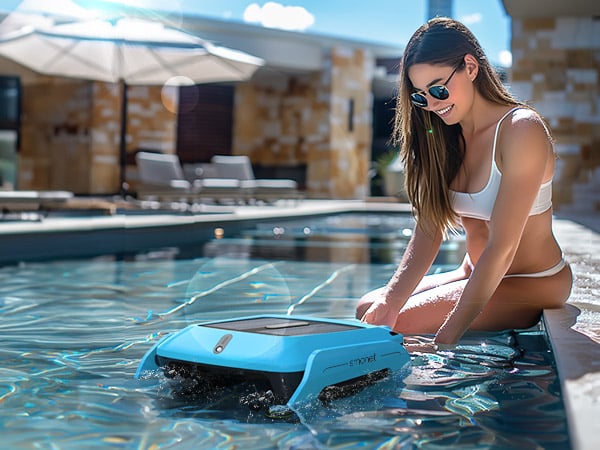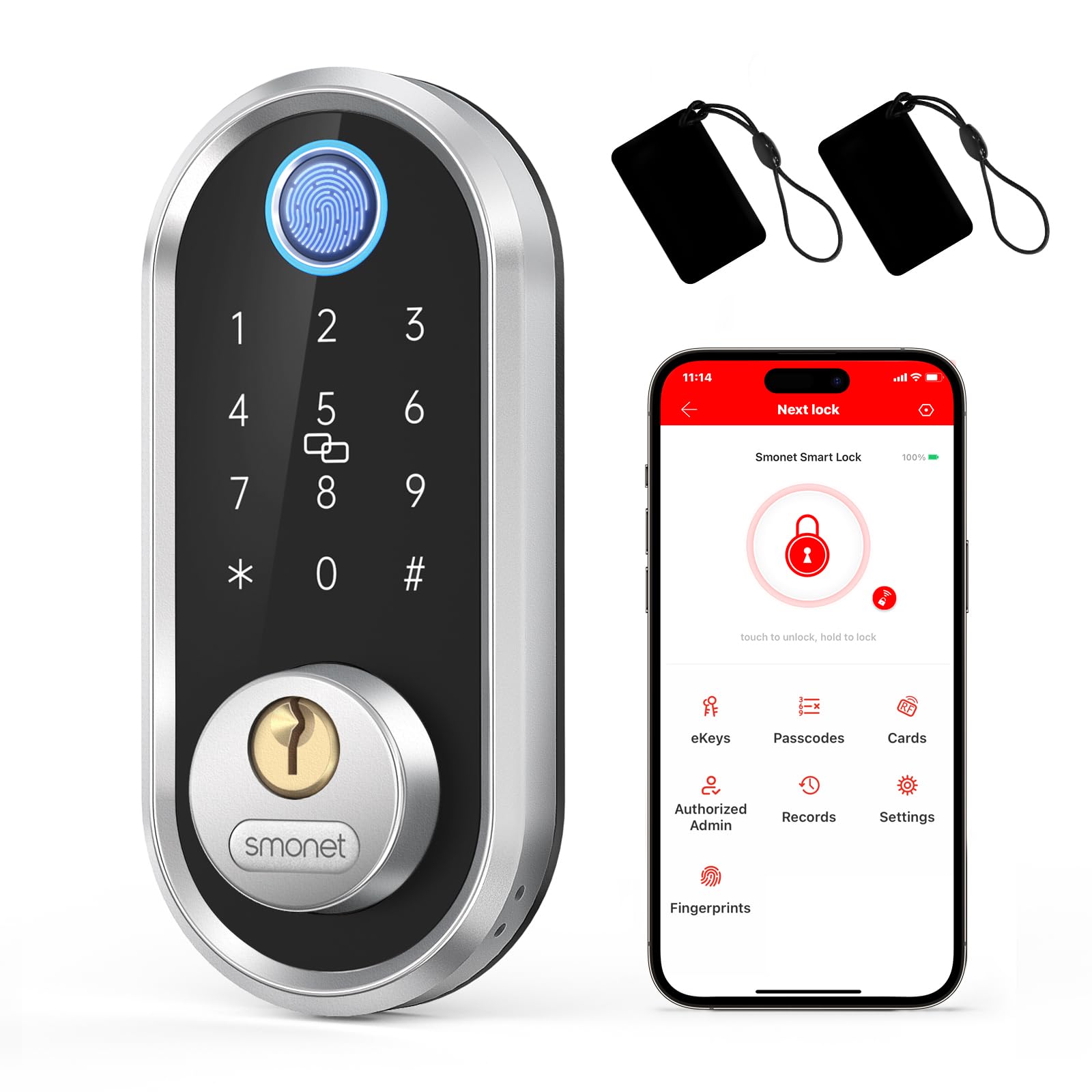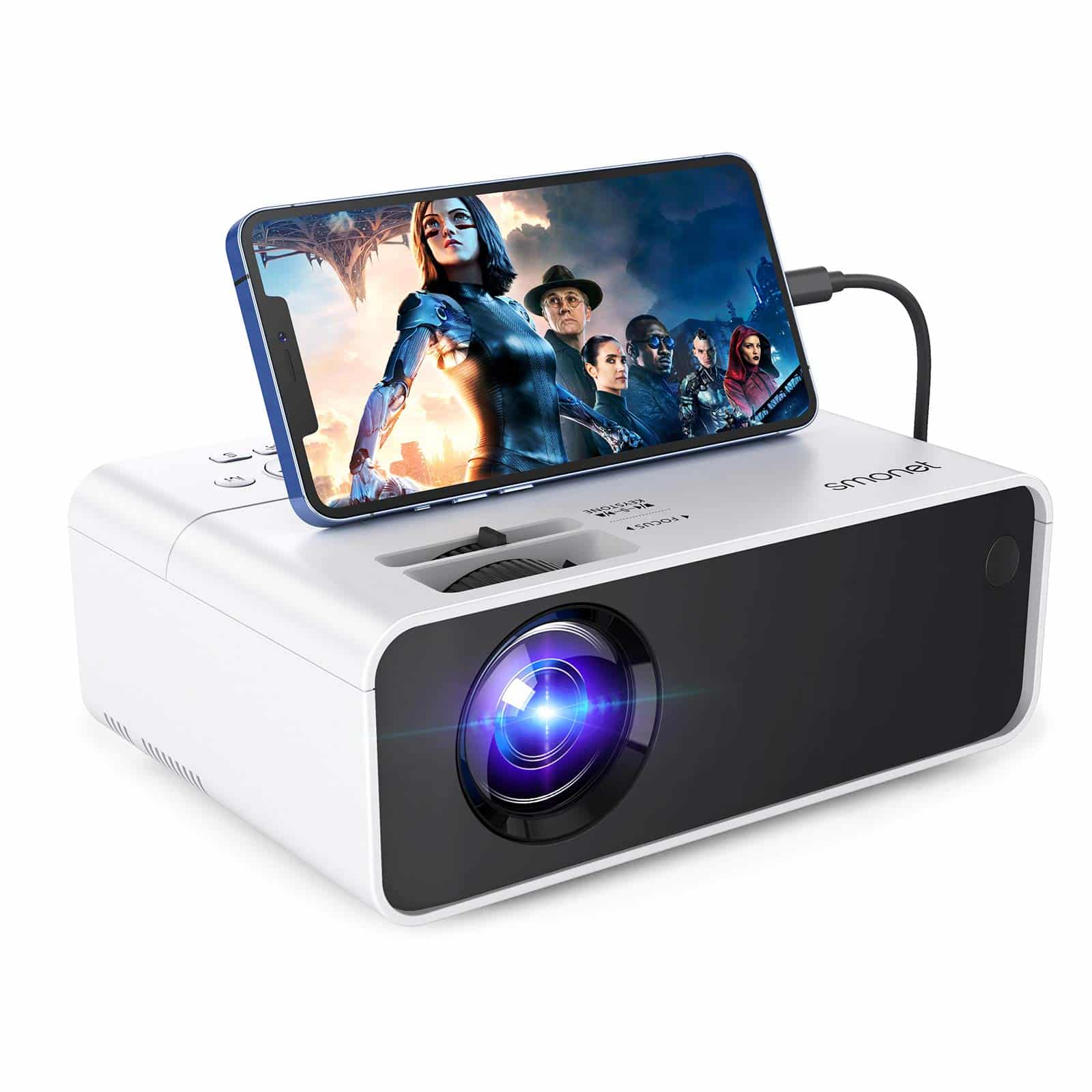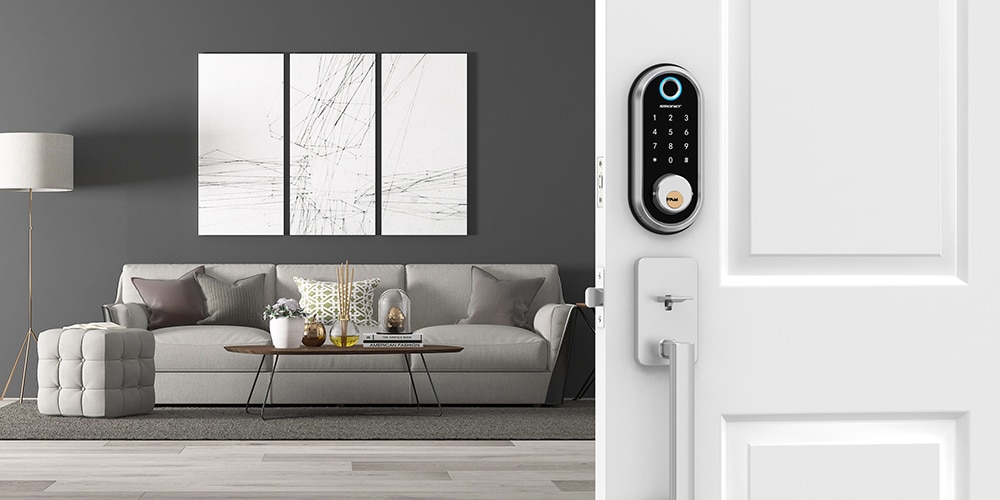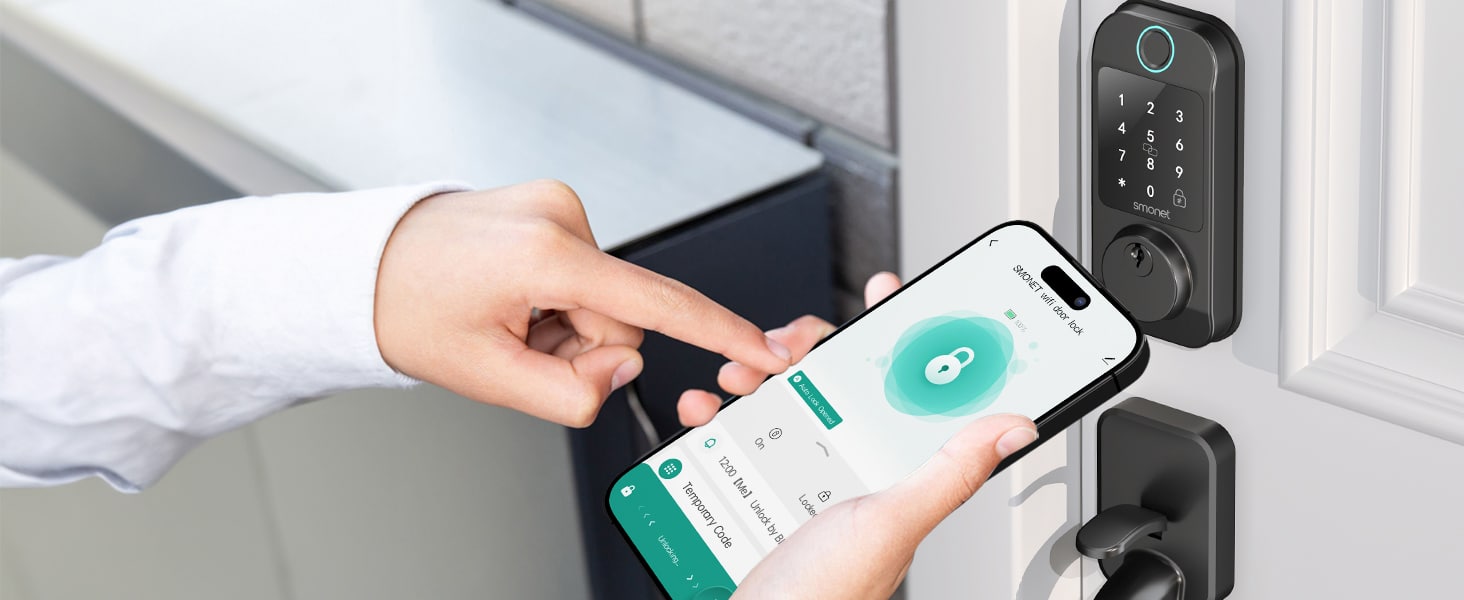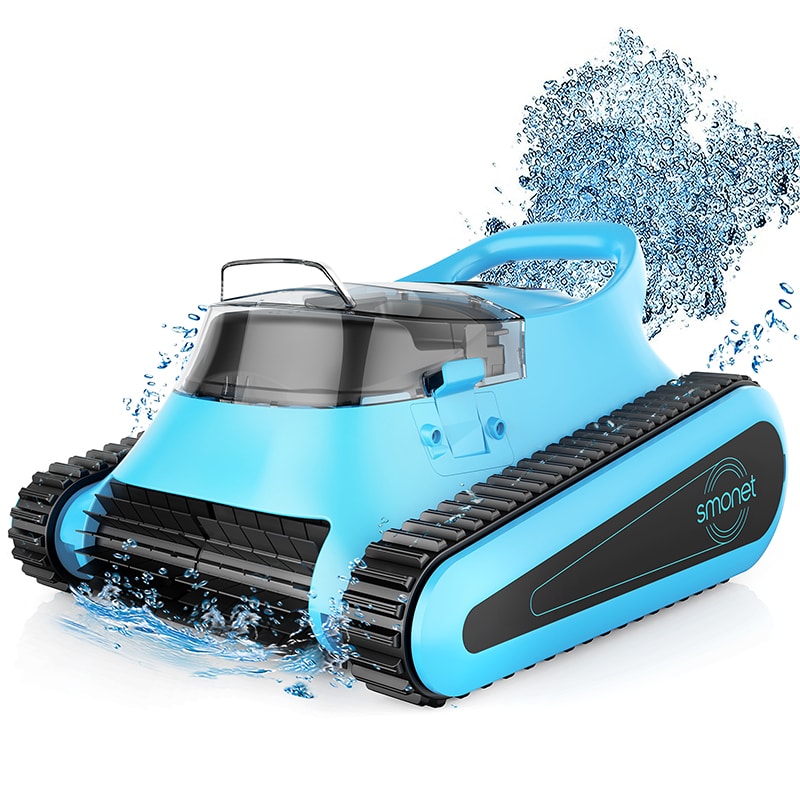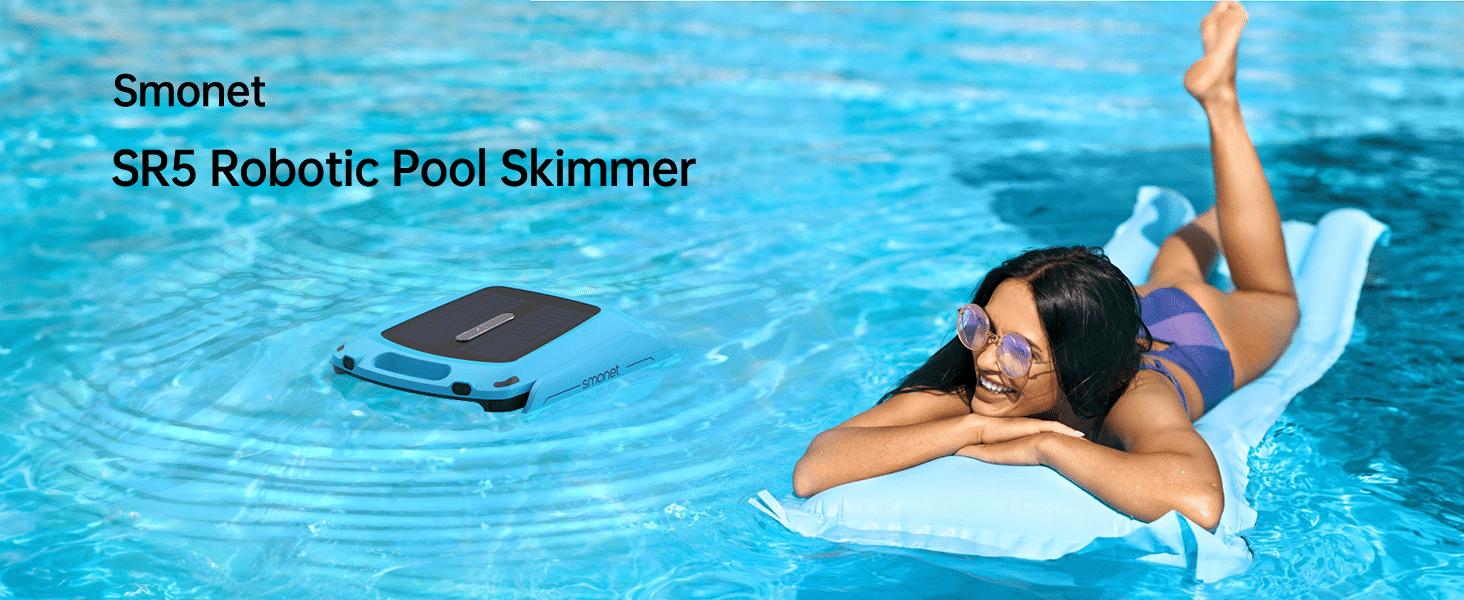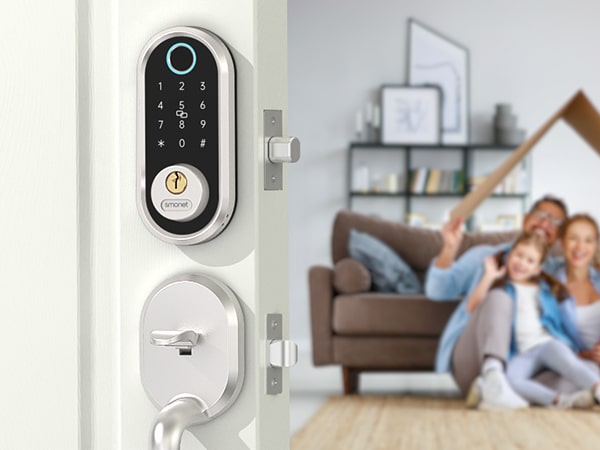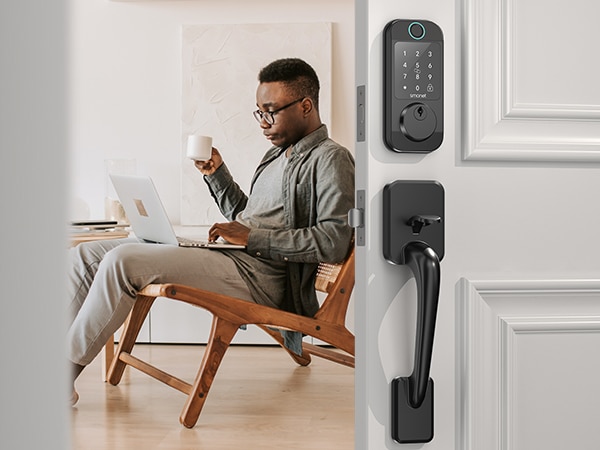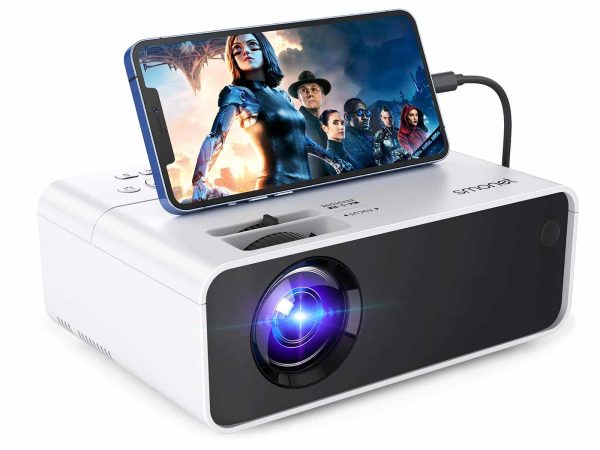Assessing Fingerprint Internal Door Locks: The Struggle For Security And Convenience In Biometric Technology
In the last two decades, we have seen an astounding proliferation of biometric technology implemented across a vast landscape – from airports to smartphones to home entrances. While this technology presents a giant leap forward in terms of convenience and individual recognition, understanding its intricacies is crucial to recognizing its level of security. A vital element within this field lies within the realm of fingerprint readers – compact devices that, using varying technological methodologies, capture and store fingerprints for the purpose of user verifications.
Three methods prop up most commonly in the area of fingerprint reader technology: capacitive, ultrasonic, and optical. Each system has a distinctive working principle, takes a unique approach to analyzing fingerprints, and provides its level of security. The question then arises – which one offers the highest level of protection against unwanted breaches? To answer this, we need to delve deeper into how each of these methods operates.
Optical Fingerprint Readers
The most traditional among the three, optical fingerprint readers, have been in use the longest. They function by using LED light beneath a glass plate to illuminate the finger, thus capturing an image of the fingerprint. Each ridge and valley in the fingerprint pattern shows up as light and dark areas respectively in the image, which is stored for future print matching.
However, external fingerprint door lock readers fall short of providing optimal security. They can easily be fooled using a high-resolution image of the fingerprint. Furthermore, their functionality is affected by external factors such as dirt, oil, or altered lighting, which may cause changes in the resultant digital image. These inconsistencies can lead to false acceptances or rejections. Thus, optical readers are the least secure type of the lot.
Capacitive Fingerprint Readers
A step above colors fingerprint lock readers in terms of security are capacitive fingerprint readers. Instead of light, these readers use an array of capacitors to measure the electrical current and sense the fingerprint pattern. The physical characteristics of a human finger, with its ridges and valleys, alter the capacitor’s charge, creating a unique electrical pattern corresponding to each fingerprint.
Despite being more reliably secure than optical readers owing to their resistance to contaminants, capacitive technology has its vulnerabilities too. A highly crafted 3D replica of a person’s fingertip can override this system, posing a potential security loophole.
Ultrasonic Fingerprint Readers
The latest advancement in fingerprint door knobs recognition technology comes in the form of ultrasonic fingerprint readers. These scanners utilize high-frequency sound waves to map the unique details of a finger’s ridges and valleys. An ultrasonic pulse is sent towards the finger that is placed over the scanner, which is absorbed and bounced back to the sensor differently depending upon the minutest features of an individual’s fingerprint. This interaction creates a three-dimensional reproduction of the fingerprint.
Ultrasonic readers have an edge over the previous technologies as they are harder to trick because they don’t rely on an optical or capacitive image. They detect mechanical and density differences in the skin layers, making this technology the most secure of the three. These scanners can work through various contaminants like lotions, oils, sweat, or condensation, making them more durable and versatile.
Moreover, an ultrasonic scanner can probe beneath the surface of the skin, identifying pores and other detailed structures that can aid in distinguishing false fingerprints or “spoofs” from real fingers. This introduces an added layer of security, making ultrasonic technology seem even more promising.
Ruling it Out
Analyzing these types, it is clear that the most recent entrant in the arena, the ultrasonic fingerprint lock frontreader, has outmatched its predecessors in the quest for combining convenience with high-grade security. While the older optical and capacitive readers offer undoubtable utility, the high-tech ultrasonic scanning provides an unmatched level of security owing to its surface-independent scanning and its ability to record a highly detailed, 3D images of fingerprints.
However, it’s key to remember that no technology is completely infallible. Even though ultrasonic fingerprint scanners offer impressive security features, they are not entirely unbreakable. The world of biometric security continues to advance, and with those advances come challenges and complexities. The rush to create seamless, user-friendly biometric systems must not leave the essential component behind – security. After all, in the world of biometrics, convenience should never supersede secure design.
Prime Day OFF
Until the End
-
Master Of Cleanliness: Visual Guide To Recognizing And Understanding Your Electric Pool Cleaners
-
Making the Right Choice for A Best Keypad Door Lock: A Guide Based on Material Consideration
-
The 7 Most Common Types of Locks for Home and Office Security
-
Door Knob With Fingerprint Identification- The Future Of Home Security
-
Selecting the Ideal Digital Door Lock Style and Color for Your Abode
-
Evolution Of Security- Smart Door Key Lock
-
Mailbox Digital Lock- Reinventing Mail Security In The Digital Age
-
Exploring Alternative Unlocking Solutions - Smart Lock Fingerprint Cards and Wristbands
-
Touch Id Door Locks- Next-Generation Security At Your Fingertips
-
Smonet Home Door Lock- The Future Of Home Security


